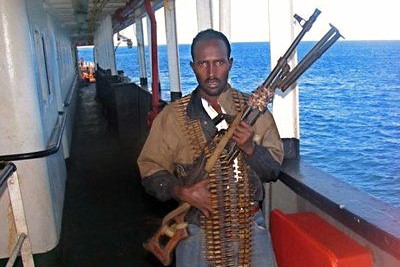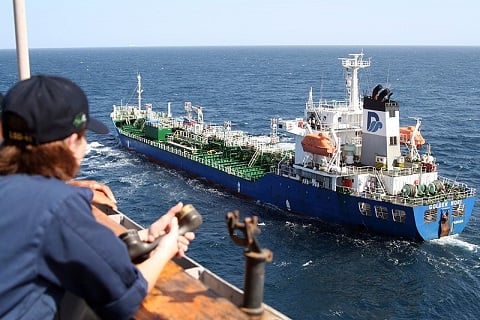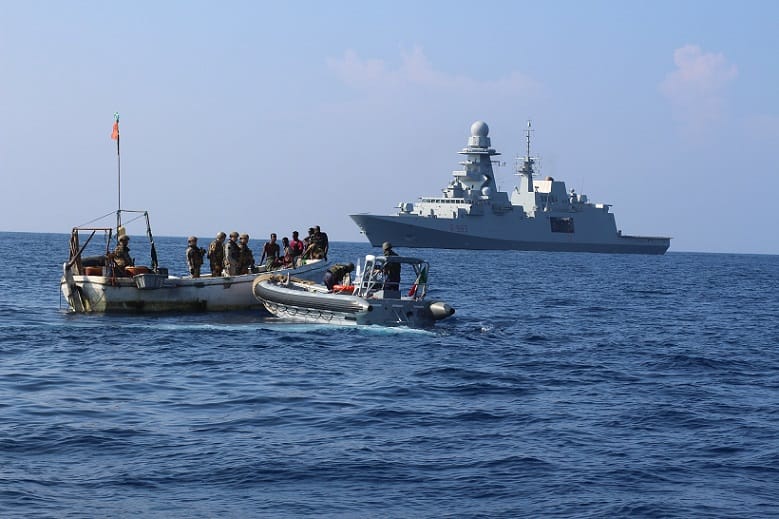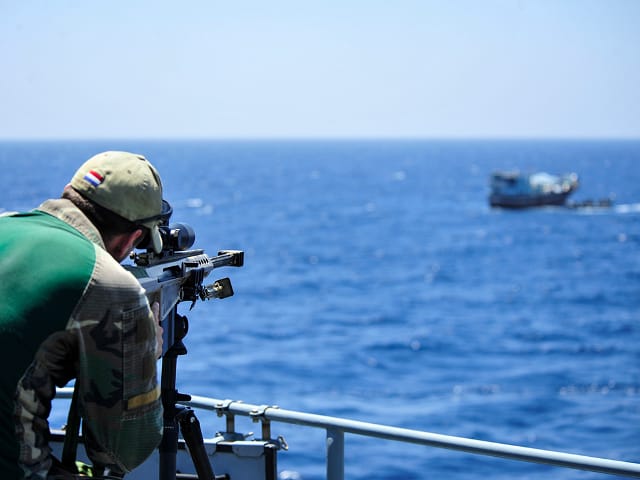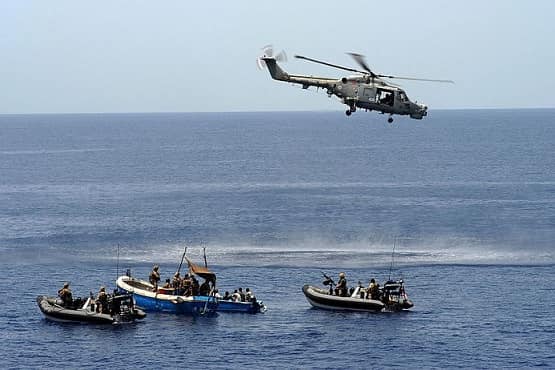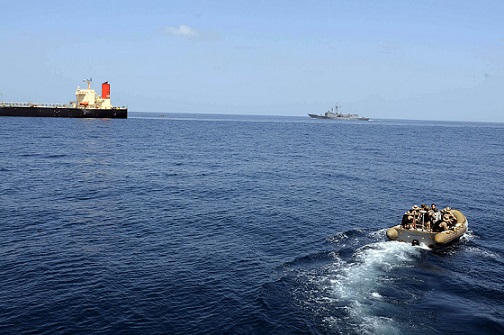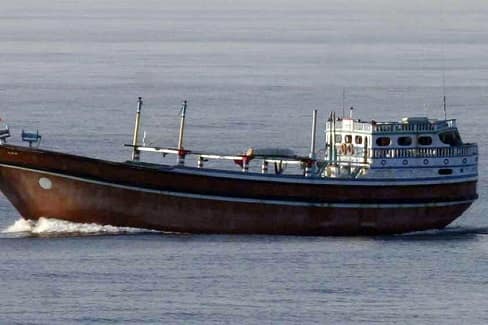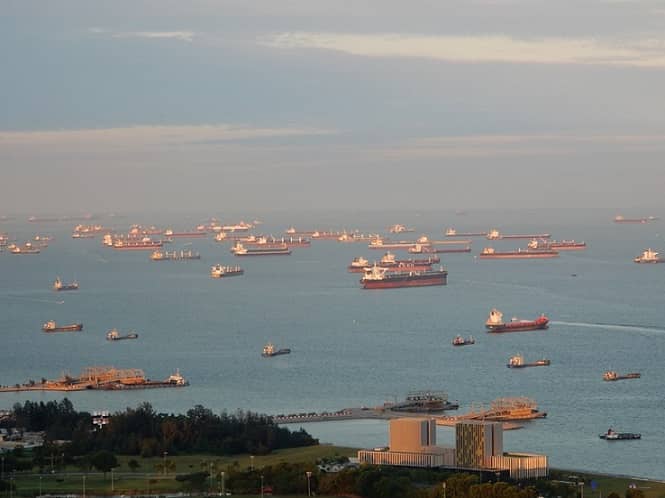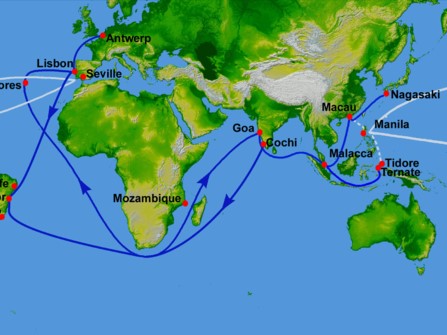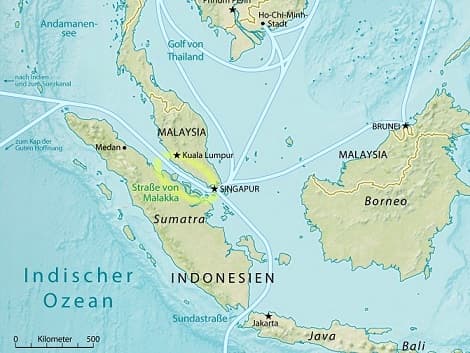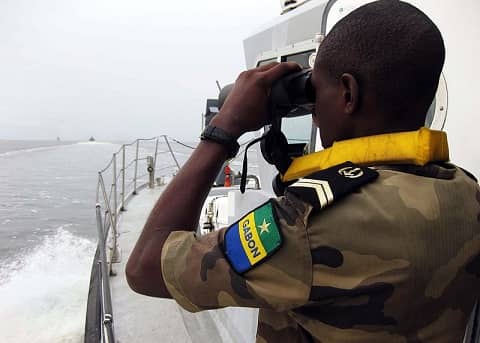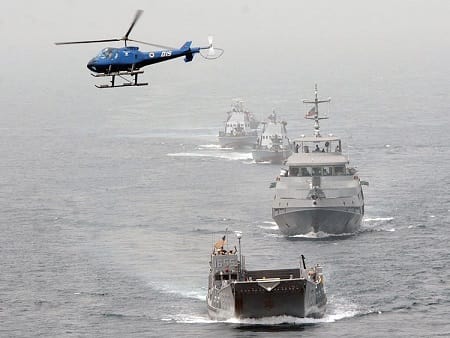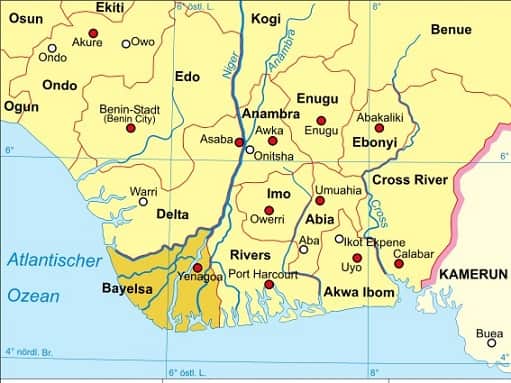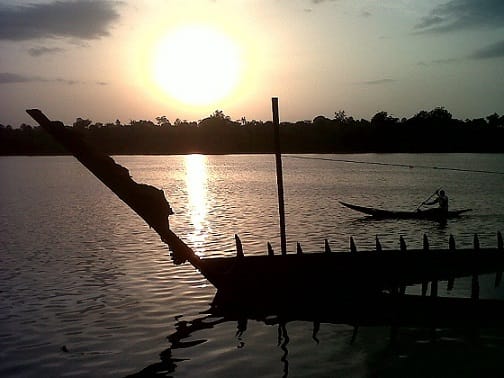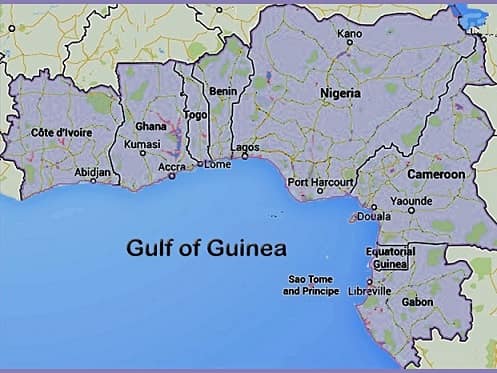It may not be in its Golden Age, but piracy is still alive and kicking. Every year modern pirates attack hundreds of vessels around the world, from private yachts to commercial oil tankers. But not all seas are unsafe, for piracy has its hot spots. These are the 3 main ones:
Somali pirates
The Adams, a couple from the U.S., had been traveling the world for seven years on their yacht.
On February 19, 2011, they were crossing the Indian Ocean with two friends from Seattle. Suddenly, 19 armed pirates attacked their yacht. The pirates held them and their crew hostage for days.
And four days after the initial attack, the corsairs killed the Adams and their friends.
Two days later, on February 25, another group of Somali pirates captured the Johansen, a Danish family of five. The Johansens, too, had been traveling the world on their yacht. They were in the final stages of their two-year trip.
The pirates kidnapped Jan Quist Johansen, his wife Birgit Marie, their three kids, and two crew members. This group was luckier. They remained in captivity for six months. And when their relatives paid a 3 million dollar ransom, they were freed.
On that same February, buccaneers had hijacked the Italian tanker MV Savina Caylyn and the MV Irene SL. The Irene was an oiler from Greece that carried 200 million dollars in crude.
At their height
That February (2011), these modern-day pirates had 33 hijacked vessels under their control. And they were holding 712 hostages.
The average hostage was held for 11 months. But some remained in captivity for two or three years until their ransom was paid.
The area had started to get dangerous in 2008, when 28 pirate attacks were reported. Things escalated fast, and in 2011 there were 237 attacks.
And the Horn of Africa became the most dangerous sea passage in the world.
In 2011 alone, Somali piracy had a worldwide economic impact of 7 billion dollars.
Modus operandi
Somalia has the longest coastline of continental Africa and has not had a strong government in decades. Consequently, their territorial waters were poorly patrolled.
The pirates hid in Puntland, a semi-autonomous territory in Somalia. They walked armed through the coastal towns and terrorized the inhabitants.
Their favorite prey were commercial ships, whose cargo and crews they could ransom for millions of dollars. But they also kidnapped fishermen and smaller vessels. And they would ask the fishermen’s families for thousands of dollars in ransom.
Somali pirates are active in the Gulf of Aden and the Horn of Africa.
From a mother ship, they intercept a vessel’s communications to know their route. And then, they track the vessel down with speedboats.
Once they reach their victim, they may fire upon it with rocket-launched grenades or their AK-47s. Or they may approach and climb it, just like the pirates of old, with ropes and hooks.
In its way to extinction
The International Maritime Bureau (IMB) registered more than 778 attacks in that area in the last 10 years. But most of them occurred from 2009 to 2011.
Luckily, piracy in the region is almost extinct now. Several international organizations moved in to assist Somalia in patrolling her waters.
In 2012, ‘only’ 75 attacks were reported (from the 237 in 2011). In 2015, there were zero attacks. But the authorities felt safer and lowered the security, so in 2017, they were 8 attacks.
Piracy attempts in the area plummeted to 1 in 2018, and 1, so far, in 2019.
Indonesian pirates
These waters are among the busiest in the world. More than 300 hundred ships cruise close to Indonesia each day (120,000 a year).
And most of them pass through the Straits of Malacca. The Straits are, well, narrow and 900 km (550 mi) long.
More than a third of the world’s maritime commerce goes through the Straits. That includes 80% of the oil that lands in industrial giants China and Japan.
So the Straits are home to two of the busiest ports in the globe: the ports of Singapore and Malaysia.
Due to the amount of trade, Indonesia has had piracy for centuries. Plus, the country is made up of 17,000 islands that serve as a perfect hideout for pirates.
Smaller-scale piracy
Today, Indonesian pirates fall into three groups.
The first are fishermen and taxi-boat drivers that know the area really well and that, at night, attack vessels anchored close to the shore. Three or four people with machetes board the victim ship and steal what they can: equipment, cash, watches, phones.
The second group uses guns. They focus on kidnapping crew members and holding them hostage until a ransom is paid.
(You may also want to read about the Barbary pirates in From noble to slave.)
Escalating: hunting oil tankers
The third group, the most organized of the three, hijacked oil tankers. They started operating in 2011. And by 2014, they had successfully hijacked 14 oil tankers.
These modern -and armed- pirates boarded the ships at night. They locked the crew somewhere and cut the ships’ communications.
Meanwhile, they transferred the oil to their own tankers. And then, left with millions of dollars worth of oil.
They probably sold it to unaware ships refueling offshore. Singapore is in the area, and her waters are the top refueling spot in the world.
It is estimated that in a tanker attack, every pirate pocketed around $32,000. The leader made more than $130,000. And the middle man that sold the oil, about half a million dollars.
Peak and downfall
Between 1995 and 2013, Indonesian pirates murdered 136 seafarers. That is twice as many people killed by the Somali pirates in the same period.
By 2015, the Indonesian pirates were attacking 108 ships a year.
The area was patrolled by the countries that make up the Straits -Malaysia, Thailand, Singapore, and Indonesia. But that was one of the problems. A patrol in pursuit of a pirate boat could not invade the territorial waters of its neighbors. So the pirates crossed the boundary and fled. And then, they hid on one of the thousands of uninhabited Indonesian islands.
But despite the hideouts, the authorities are successfully fighting piracy now.
The security in ports and harbors has been reinforced. The cooperation between the countries has improved, and plenty of arrests have been made.
In 2016, pirate attacks dropped from 108 to 49. And in 2018, there were only 36. Which is not that bad out of 120,000 possible ships.
Plus, none of the recent attacks involved the hijacking of an oil cargo ship.
Nigerian pirates
Piracy in the Gulf of Guinea is a recent phenomenon. It started around 2003.
First, these modern-day pirates targeted small vessels like fishing boats that were in Nigerian waters. But then they started going after oil tankers.
Nigeria produces 3 million barrels of crude per day. Europe buys 40% of the crude, the United States 30%, and 10% is stolen.
Officials have estimated that piracy and oil theft cost Nigeria about 1.5 billion dollars… a month.
Tactics
These heavily armed pirates share some tactics with the Somalis. They, too, sail to international waters in a mother ship. From the ship, they board a speedboat and hunt down their prey.
Unlike the Somalis, that go after moving ships, the Nigerians prefer anchored ones. Another difference is that Nigerian pirates used to go after the cargo, not the crew.
They would hijack the ship with everyone on board and take it to the shore for a week or so until they sold the oil. Then, they would set both ship and crew free. Because they were not interested in the crew, they were a lot more violent with them – and deadlier. For example, in April 2004, they boarded a Chevron Texaco ship and killed seven people.
Kidnappings
But in 2013, the Nigerian pirates started kidnapping crews for ransom. And the trend has been steadily growing.
In 2016, they kidnapped 53 people, the following year, 75. And in 2018, 78.
Meanwhile, they had stopped hijacking tankers. Until 2018, that is, because that year, they came back with a vengeance and captured six tankers. But instead of selling the oil, they asked for a ransom for both ship and crew.
According to a former pirate interviewed by the Deutsche Welle, the buccaneers make from 500,000 to 2 million dollars with each oil tanker attack.
Piracy has now spread to the whole Golf of Guinea, from Cote d’Ivoire to the Democratic Republic of the Congo. And it is on the rise.
Related Articles
